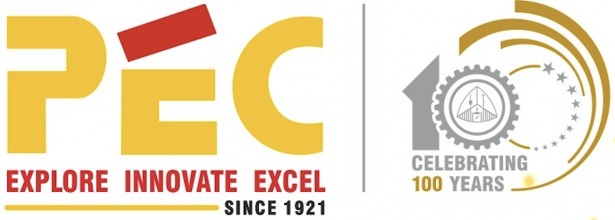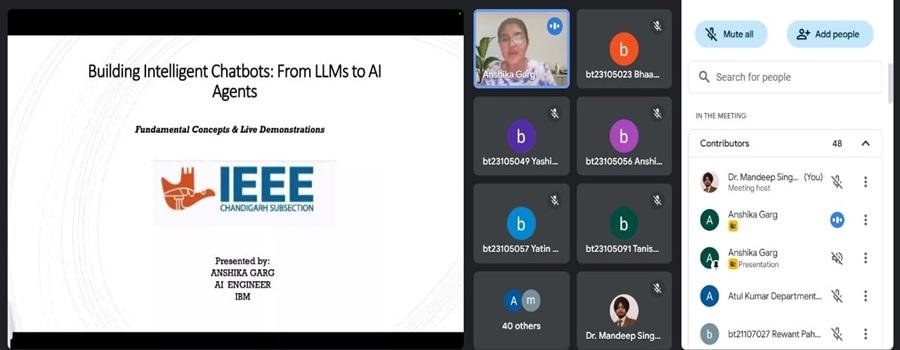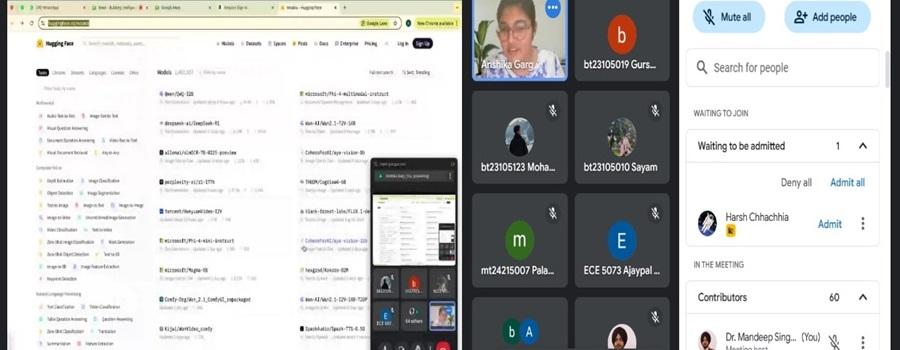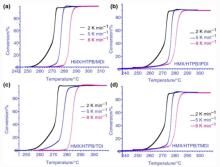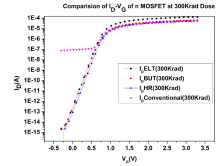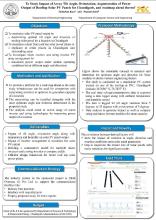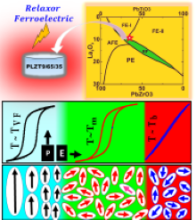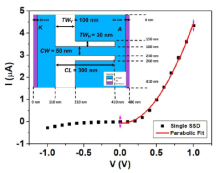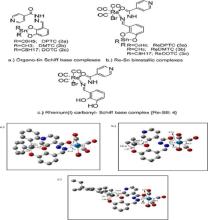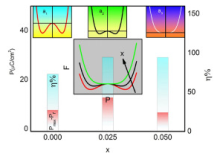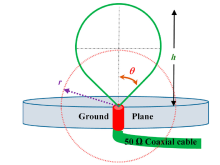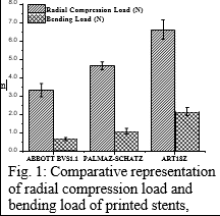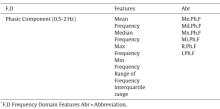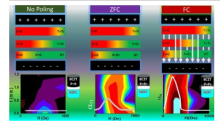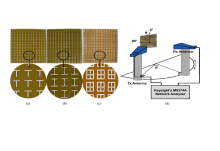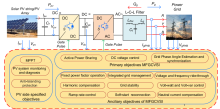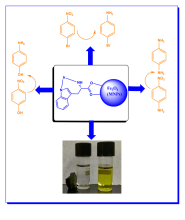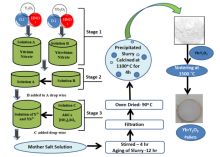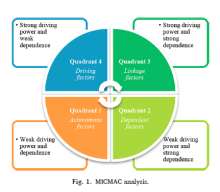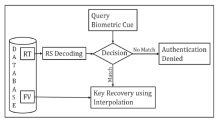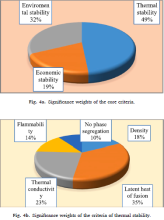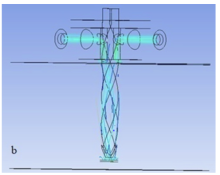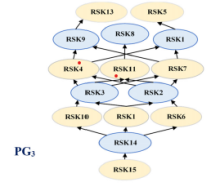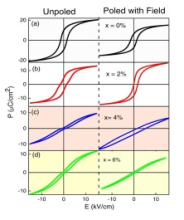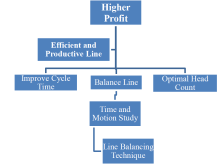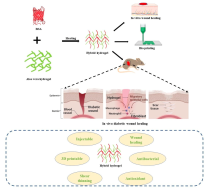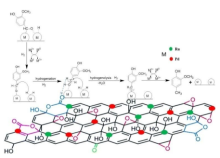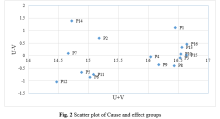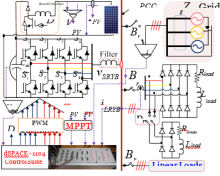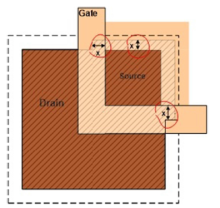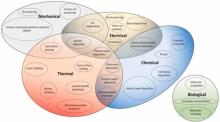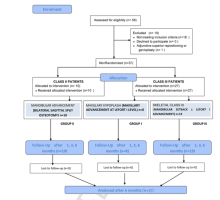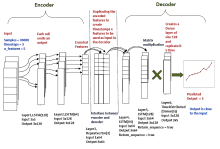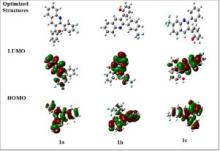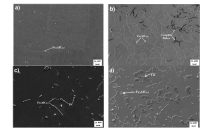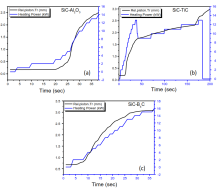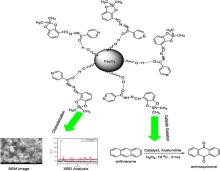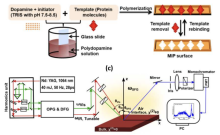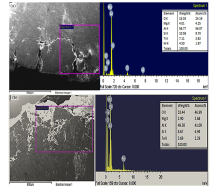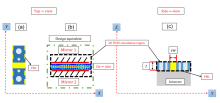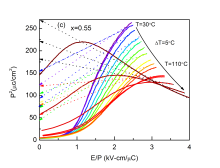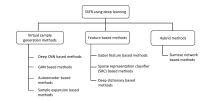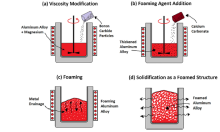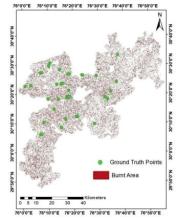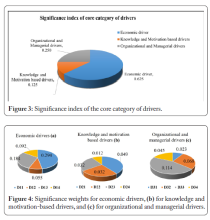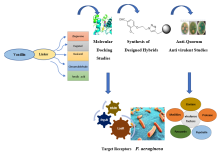1. Introduction
The industry-Academia Lecture Week (March 3-7, 2025) was organized by the Department of Electronics and Communication Engineering, Punjab Engineering College (Deemed to be University), Chandigarh, to bridge the gap between academia and industry. This lecture series provides a platform for students and faculty to interact with industry experts and gain insights into the latest technological advancements.
The first session, conducted on March 7, 2025, focused on the topic “Building Intelligent Chatbots – From LLMs to AI Agents.” The session was conducted online and saw active participation from faculty members, students, and researchers.
2. Session Details
• Topic: Building Intelligent Chatbots – From LLMs to AI Agents
• Speaker: Ms. Anshika Garg, Engineer at IBM Technology
The session commenced with a warm welcome by Dr. Mandeep Singh, who greeted the speaker, faculty members, and students. He emphasized the growing significance of Building Intelligent Chatbots – From LLMs to AI Agents technologies in national security, defense, and industrial applications.
3. Speaker Presentation
Ms Anshika Garg, an Engineer at IBM Technologies, delivered an informative talk on Building Intelligent Chatbots – From LLMs to AI Agents Technologies, their modelling, and real-world applications. She covered the following topics:
- The Evolution of Chatbots
- Rule-Based Chatbots:
- Simple, pre-defined rules and decision trees.
- Limited flexibility and scalability.
- Machine Learning-Powered Chatbots:
- Introduction of NLP (Natural Language Processing) for better understanding.
- Still limited by the need for extensive training data.
- LLM-Powered Chatbots:
- Emergence of Large Language Models (e.g., GPT, BERT, etc.).
- Ability to generate human-like responses and handle complex queries.
- Rule-Based Chatbots:
- Understanding Large Language Models (LLMs)
- What are LLMs?
- Definition and key characteristics (e.g., GPT-3, GPT-4, etc.).
- How LLMs are trained on vast amounts of text data.
- Strengths of LLMs:
- Contextual understanding and generation.
- Multilingual capabilities.
- Adaptability to various domains.
- Limitations of LLMs:
- Lack of real-world knowledge post-training.
- Potential for biased or incorrect outputs.
- High computational costs.
- What are LLMs?
- Building Chatbots with LLMs
- Key Components:
- Input Processing: Tokenization, intent recognition, and context management.
- Response Generation: Leveraging LLMs for coherent and context-aware replies.
- Integration: APIs, frameworks, and tools for deploying LLM-based chatbots.
- Challenges:
- Ensuring accuracy and relevance of responses.
- Handling ambiguous or incomplete user inputs.
- Balancing automation with human oversight.
- Key Components:
- From Chatbots to AI Agents
- What are AI Agents?
- Definition: Autonomous systems that can perceive, reason, and act.
- Differences between chatbots and AI agents (e.g., goal-oriented behavior, decision-making).
- Capabilities of AI Agents:
- Proactive problem-solving.
- Integration with external systems and APIs (e.g., booking systems, databases).
- Learning and adapting over time.
- Use Cases:
- Personal assistants (e.g., scheduling, reminders).
- Customer support agents (e.g., resolving complex queries).
- Industry-specific agents (e.g., healthcare diagnostics, financial advisors).
- What are AI Agents?
- Best Practices for Building Intelligent Chatbots and AI Agents
- Design Principles:
- User-centric design and empathy.
- Clear fallback mechanisms for unresolved queries.
- Ethical Considerations:
- Addressing bias and fairness.
- Ensuring transparency and accountability.
- Performance Optimization:
- Reducing latency and improving response times.
- Scaling for high user demand.
- Design Principles:
- Future Trends
- Advancements in LLMs:
- More efficient and smaller models (e.g., fine-tuning, distillation).
- Integration with multimodal inputs (text, voice, images).
- AI Agents in the Real World:
- Autonomous agents in IoT, robotics, and smart cities.
- Collaboration between humans and AI agents.
- Ethical and Regulatory Developments:
- Policies for responsible AI deployment.
- Ensuring user privacy and data security.
- Advancements in LLMs:
Conclusion
- Recap: Summarize the journey from rule-based chatbots to advanced AI agents.
- Call to Action: Encourage the audience to explore and innovate in the field of intelligent chatbots.
- Ms. Anshika Garg engagingly explained complex technical aspects, making it easier for students to understand the relevance and functionality of these systems.
4. Q&A and Interaction
After the presentation, a Q&A session was held, where participants asked questions about the effectiveness of Building Intelligent Chatbots – From LLMs to AI Agents technologies, legal implications, and advancements in AI-based chatbots. Ms. Anshika Garg provided insightful responses, making the session highly interactive and informative.
5. Conclusion and Acknowledgment
The session was highly enriching, offering students a deeper understanding of the critical role of anti-drone technologies in modern security frameworks.
Dr. Mandeep Singh concluded the session by expressing gratitude to Ms. Anshika Garg for her time and expertise. He also appreciated the active participation of faculty members and students, emphasizing the importance of industry-academia collaborations in keeping pace with emerging technologies.
This session marked a successful start to the industry-Academia Lecture Week (March 3-7, 2025), setting the stage for more insightful discussions in the upcoming sessions. Some glimpses of the event have been attached.





